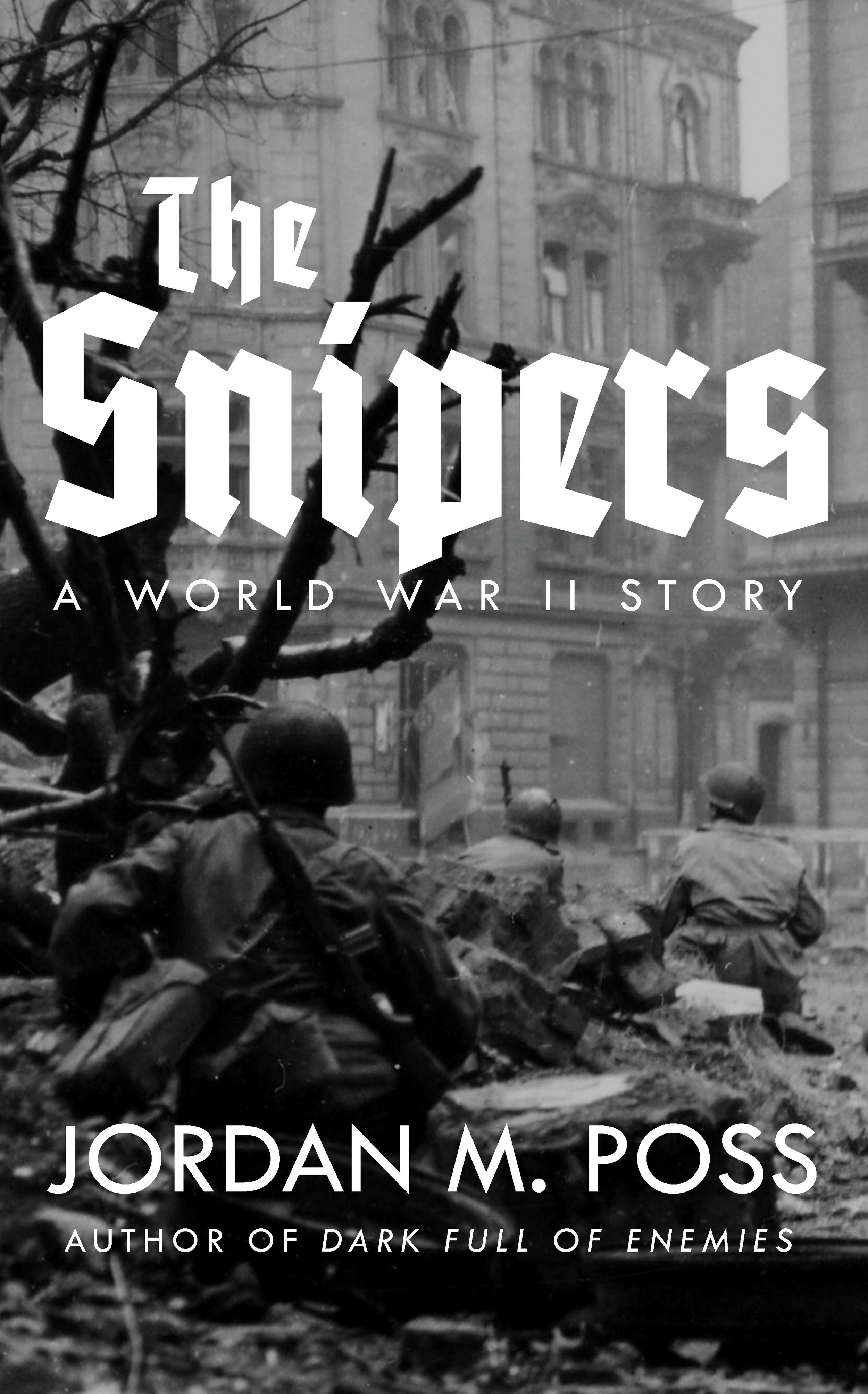Like, totally
/Writing in The American Scholar, novelist Max Byrd considers the simile: its varieties, uses, and abuses. He is correct to begin with the unusual pleasure a striking simile can provide:
“His smile was as stiff as a frozen fish,” writes Raymond Chandler. “He vanished abruptly, like an eel going into the mud,” writes P. G. Wodehouse, the undoubted master of the form. Or Kingsley Amis’s probably first-hand description of a hangover: “He lay sprawled, too wicked to move, spewed up like a broken spider-crab on the tarry shingle of the morning.”
Here are two similes packed inside one another in one Chesterton’s most dramatic settings, from The Man Who Was Thursday:
They passed through several such passages, and came out at last into a queer steel chamber with curved walls, almost spherical in shape, but presenting, with its tiers of benches, something of the appearance of a scientific lecture-theatre. There were no rifles or pistols in this apartment, but round the walls of it were hung more dubious and dreadful shapes, things that looked like the bulbs of iron plants, or the eggs of iron birds. They were bombs, and the very room itself seemed like the inside of a bomb.
These examples showcase the more familiar form of simile, the “comparison using ‘like’ or ‘as’” that we all learn about in school. How about the epic or Homeric simile? These extended comparisons can stretch line upon line through the middle of the action of a poem. Byrd:
It takes a dramatic mind to carry a comparison through so logically and so far. The Homeric simile evokes a world far larger than a single flash of thought, however clever. Its length creates a scene in our minds, even a drama where contraries come alive: an army driving into battle, an ocean tamed into a harmless old gent, a bloody clash in the streets between aristocrats and rebels.
The epic simile is one of the keys to Homer’s markedly cinematic effects. In addition to its evocative and scenic qualities, as described by Byrd, it also works as slow-motion. Consider this in the middle of one-on-one combat in Book XIII of the Iliad:
[Aeneas] went against Idomeneus, strongly eager for battle,
yet no fear gripped Idomeneus as if he were a stripling,
but he stood his ground like a mountain wild boar who in the confidence
of his strength stands up to a great rabble of men advancing
upon him in some deserted place, and bristles his back up,
and both his eyes are shining with fire; he grinds his teeth
in his fury to fight off the dogs and the men. So
spear-famed Idomeneus held his ground and would not give way[.]
That’s Richmond Lattimore’s translation. In his more colloquial, dynamic translation, Stanley Lombardo breaks these similes out typographically to give them yet further emphasis. The pausing effect, which concentrates the imagination, is magnificent. Homer employs it a lot, to great effect.
To return to Byrd, what all good similes have in common—and what bad, forced, or embarrassing similes fail at—is vision:
“Perceptive of resemblances,” writes Aristotle, is what the maker of similes must be. There is one more step. The maker of similes, long or short, must perceive resemblances and then, above all, obey the first, and maybe only, commandment for a writer: to make you see. Consider Wodehouse’s “He found Lord Emsworth, as usual, draped like a wet sock over the rail of the Empress’s G.H.Q.,” or Patricia Cornwell’s “My thoughts scattered like marbles.”
“To make you see.” Good similes will not only catch superficial “resemblances,” as Aristotle puts it, but will draw attention to parallels on multiple levels. The best will not only evoke vivid, concrete images but convey moral import. In that passage from The Man Who Was Thursday, Chesterton doesn’t have to tell us how dangerous and unnatural this place is, we see it. In the Amis one at the beginning of this post (from Lucky Jim) we see Jim Dixon’s agonized posture in bed. And in that passage from Homer we see, in detail, Idomeneus’s tenacity, ferocity, and defiance.
We all know to show, not tell, but sometimes showing something else is the best way to tell us about the thing in question.
My favorite of my own similes comes from my master’s thesis. In describing the defensive situation of King Harold Godwinson with regard to his exiled brother Tostig in 1066—knowing all the while that two greater threats, King Harald Hardrada of Norway and Duke William the Bastard of Normandy, were also out there, plotting—I wrote:
Harold probably expected Tostig to join up with one of the two pretenders to the throne and return to his earldom remora-like, attached to the belly of a more powerful predator.
I remember this with satisfaction because my advisor actually wrote “Nice” in the margin, a compliment that did a great deal of good to me when I needed it. I was going to say it’s a shame I spent this one on my thesis, but as that’s still likely my most widely read work I guess that’s fine. A part of me is still hanging onto it for later, though.
Byrd goes on to consider the similarities and differences between similes and metaphors, the simile’s “childlike” qualities, and the work of imaginative preparation the “like” or “as” in a simile does to us as we read. It’s a delightful essay. Read the whole thing here.




